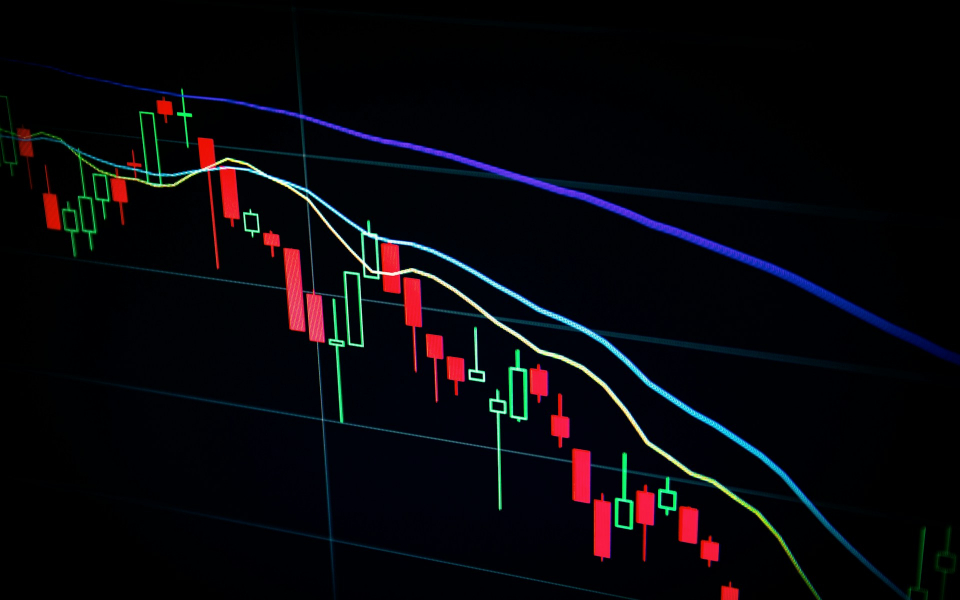The U.S. deficit has been hitting record highs in recent weeks, driven by surging demand for imports, specifically imports from East Asia. Now, ports in Seattle and Tacoma are being clogged by container ships waiting to unload.
"We are seeing a historic surge of cargo volume coming into our ports," chief operations officer of The Northwest Seaport Alliance, which oversees all cargo processing in Seattle and Tacoma, Tom Bellerud told NPR. "The terminals are having a difficult time keeping up with processing all the cargo off these vessels fast enough."
Reportedly, the U.S. Coast Guard has had to redirect a portion of the boats in the Pacific Northwest to the seldom used Whidbey Island while they wait for days or weeks to dock and unload their cargo.
Similar traffic jams can be seen on the West Coast, as well: in Los Angeles, boats are now waiting an average of five days for a place to unload, a process that normally takes no wait at all. Meanwhile, in San Francisco, the area became so congested that the Guard began asking ships not to enter the bay at all. At least 16 boats were left waiting to unload their goods on the open ocean.
According to the director of the USCG's San Francisco Vessel Traffic Service, Robert Blomerth, this sort of situation is "completely abnormal."
"The container shipping industry is in a state of chaos that I don't think it has ever been since it was invented," Lars Jensen, CEO of Vespucci Maritime and shipping industry expert, told NPR.
The cause of the mayhem is far from a mystery. Early on in the pandemic, shipping companies drastically cut back on trips. This shipping disruption led to general disorganization in the shipping industry, a situation that was only made worse by the blockage of the Suez Canal earlier this year.
Of course, all of this congestion has a cost. Supply chain disruptions have been seen in manufacturing, auto production, and home building, while farmers are reportedly facing a shortage of shipping containers to export their goods.
In fact, shippers are apparently so desperate to get shipping containers back to China for fresh cargo that they're transporting empty containers rather than waiting to transport American goods, leaving exporters in a lurch and helping to send the U.S. trade deficit skyrocketing.
While carriers' choice to transport empty containers when exporters are clamoring for space might not sound logical, the amount of money that can be made shipping from China to the U.S. helps to explain the strategy.
In the past year, rates for long-term shipping contracts have risen to record highs, and the cost of transporting a shipping container from East Asia to the U.S. has roughly tripled.
While those high shipping prices might be putting a strain on the industry, the real issue is getting the cargo to its destination. Port congestion represents one major issue, but that lack of space starts before the boat ever reaches the dock. Shippers are apparently struggling to find both cargo boxes and spots to put them on tightly-booked ships, and the chaos has resulted in more boxes being rolled over than usual.
Currently, U.S. ports are seeing unprecedented congestion, and it's not even the peak of the shipping season, typically seen in August. Because of this, experts don't foresee things getting better anytime soon.


















